Yes, assuming there is not some other physical connection or fault causing the ground loop, you most likely have some level of capacitive coupling to ground from the mains.
This could be from any number of wires or other elements of your equipment being too close to a grounded object. This could also be coming from your isolation transformer itself.
The fact that you're getting a higher reading on your live vs your neutral leads me to suspect it's due to your isolation transformer. Your mains power is most likely earth referenced with a low resistance path between neutral and ground. If your transformer is wired in phase, and the coupling is at the transformer, the proportionally reduced difference in potential will translate to your "isolated" secondary.
The truth is that not all isolation is made equal. Even between transformers from the same manufacturer both marketed for isolation, there are significant differences in quality and coupling.
One major difference you should check for is if your isolation transformer has a Faraday shield. This helps minimize capacitive coupling and leakage current, and is found in higher grade isolation transformers.
This difference can be seen in two isolation transformer datasheet schematics:
N-76U without shield

N-48X with shield.

Even with shielding, it's still not bullet proof. The marketing pitch from a higher end medical grade isolation transformer claims:
Faraday shield reduces the cumulative leakage current of the Isolator and connected equipment to levels less than 100 microamps.
The goal of most power isolation is not to be perfect, but to reduce the potential to "safe" levels in the event of someone accidentally touching a live line. You're still not supposed to touch it!
The take away is that "isolated" does not necessarily mean perfect or zero current. As long as your source is coming from something that is ground referenced (mains) and/or your AC lines have anything grounded anywhere near their magnetic field, you will have some potential for coupling and current flow. Please stop touching power lines.



